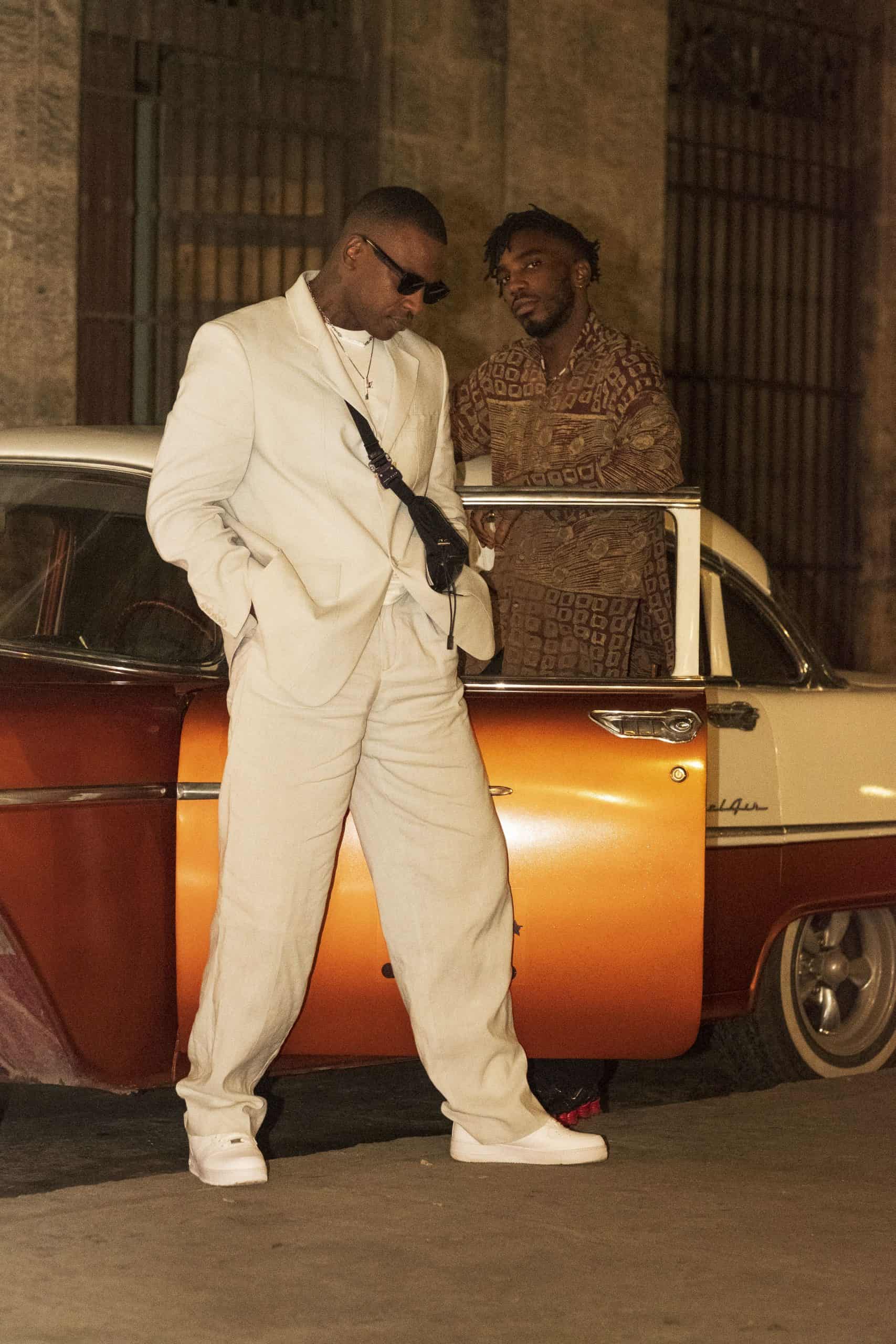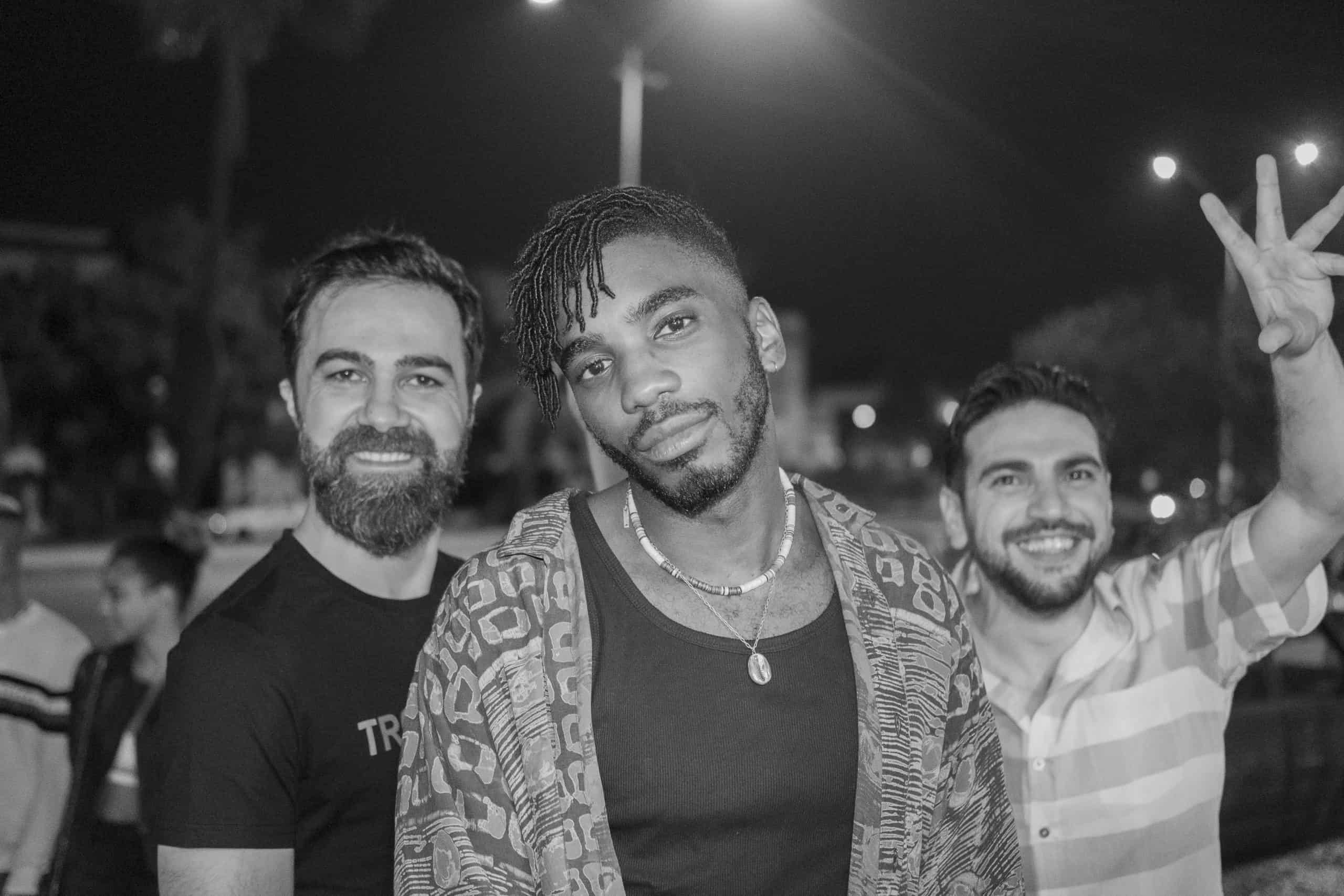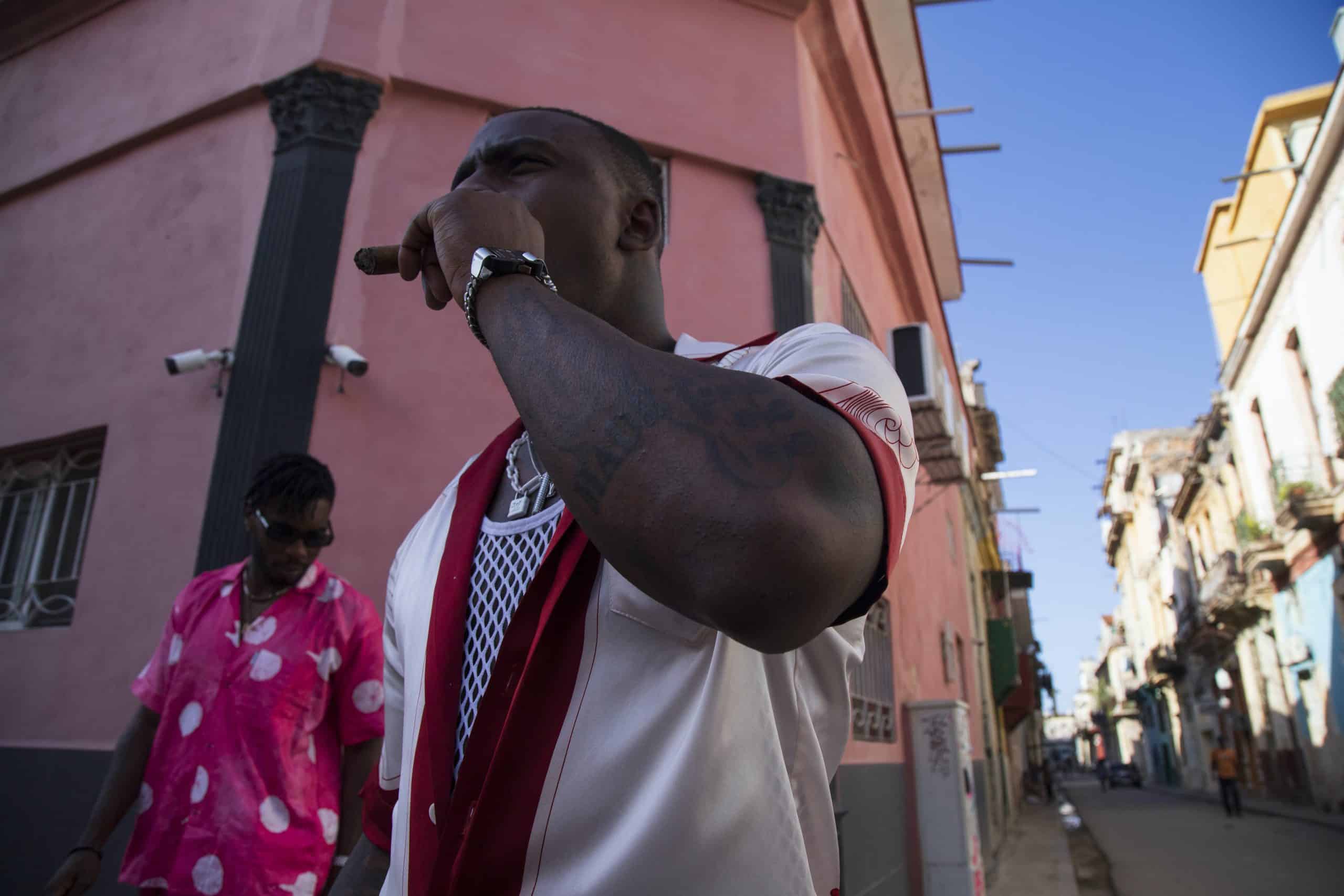NATIVE Exclusive: A trip to Cuba with Teezee, Skepta & Stephen Tayo
Teezee reports on the prevalence of Yoruba culture in Cuba today
Teezee reports on the prevalence of Yoruba culture in Cuba today
The Yoruba people were amongst the first African slaves forcefully taken to the Americas during the period of the transatlantic slave trade. Even though they were stripped from their motherland, the Yorubas carried with them indigenous legends, songs, cultural practices and religious beliefs which survived and evolved over the centuries since – especially in Brazil and Cuba.
The religious survival of the Yoruba tradition in Cuba and Brazil is most incredible and a widely studied phenomenon in the new world. Scholars have stated that no other African ethnic group influenced the preservation of religious practices in the new world as the Yoruba, making them arguably the most influential group amongst all African ethnic groups in the new world.
At the time, in the 15th century, slaves were forced to practice the religion of their masters (which was often Roman Catholicism), the syncretism between the Yoruba Orisa and the Catholic Saints allowed the slaves to practice their own worship in secret. Centuries later, retaining but a few elements of the Roman Catholic belief, traditional Yoruba religion is thriving in the new world today, which is in great contrast to its decline where it originated from in West Africa.

When I arrived in Cuba, I was excited to embark on this cultural exploration with some of my Yoruba brothers: renowned photographer, Stephen Tayo, and award-winning musician, Skepta. Stephen Tayo has always communicated a strong Yoruba narrative through his imagery – most recently his ‘Ibeji’ series, which means “the arrival of two,” commonly translated to ‘twins’, in Yoruba. Skepta too, who invited us on the trip, bears strong ties to the Yoruba tradition himself, being the ordained Chief Entertainer of Odo Aje (Amuludun of Odo Aje)
I had been doing an independent study on Yoruba culture and the connections to the diaspora prior to this visit, and after my trip to Brazil last year, the obvious next destination for me was Cuba. With no idea how that was going to happen, it was all wishful thinking until Skepta and Havana Club made it a reality.
The trip began with us exploring the city and its iconic landmarks. Our main interest laid in gaining more understanding of the connections between our Yoruba culture back home in Nigeria and that in Cuba. Historically, it is said the majority of the Yoruba slaves were taken to Havana, Cuba and Bahia in Brazil. This was the first thing that struck me upon my arrival: the prevalence of black (Afro Cuban) people in Cuba, and how seamlessly we, as black African men, could fit into the community. Secondly was the overwhelming presence of Yoruba religion through out the city. It is believed that at least 70% of the Cuban population practice Yoruba religion, whether it be Santeria and Lucimi which are both syncretic religions of the Yoruba religion mixed with Roman Catholicism.
Another profound visit was our attendance of a traditional ceremony in honour of one of the Orishas they call Eleggua, who are also known as Esu. The most intriguing thing about this ceremony were the songs and the drum patterns being so reminiscent of the sounds of our culture back home in Nigeria – there is even the use of Yoruba words along with Spanish in the songs. This rhythm connected with us in a spiritual way, both myself and Skepta broke out into dance, and even our variations of the Zanku legwork fit in completely with the local dances.

After the ceremony, I raced to the opportunity to have a chat with the Babalawo (chief priest); I needed to understand if the people knew about the connections or the significance to Yorubaland through the religion and practice. To my surprise, most people don’t have a clue where it came from nor understand its connections to West African Yoruba culture. They see it as their own, and considering the way in which it has morphed from its original state 4 centuries ago, into the distinctly Cuban practices we were honoured to experience, it is. The Babalawo himself did, however, understand the relationship and connections as he acknowledged he is from Yoruba descent. He understood enough to sing the songs and translate the prayers, but not to communicate fully in the language.
While doing the tourist rounds around the city of Havana – a destination so rich in history that one might feel somewhat trapped in a time warp – the minimal internet access, the multitude of vehicles from the 60s/70s and the minimal impact of capitalism and globalisation on the people everyday life makes it all feel very surreal. However, whilst I do have respect for the country’s rich history, my main purpose was to understand the black/afro Cuban history in relation to Yoruba religion in Cuba. Upon politely informing our tour guides of our agenda, we were finally escorted to the Museum of the Orisas. This, for me, was one of the most exciting parts of the trip.
The museum was nothing short of magical. A statue and a story were attached to every single Orisa, giving me further understanding of the research and readings I had done by myself prior to the trip. For the most part, they shared the same names as the Orisas back home, their stories may have been slightly altered in some cases but with no significant or unrecognisable changes. I left feeling extremely enlightened and ready for our next adventure, however, the preservation of tradition we witnessed at the Museum of the Orisas made me think deeply about the contrast between the Cuban Yoruba religion (which has stood the test of time and managed to survive centuries) and Nigerian Yoruba practices back home, where we haven’t even dedicated a notable museum to something that is inherently ours.

After a few bottles of Havana Club and shoot day finally over, Stephen, Skepta and I linked up with some locals in a barbershop who, off the vibe we were musicians, invite us down to their studio, HM music. I can tell this is going to be a dope experience because, in a country where there is minimal exposure to external media, Skepta could just be a regular guy without the initial pressure of people wanting to take pictures or bothering him – he really enjoyed this aspect of being in Cuba. As soon as we enter the booth, Skep gets down to business producing an infectious afro-pop/reggaeton type beat in less than 10 minutes. The room goes crazy! Mumbling some verse ideas under my breath I enter the booth and drop a freestyle about our trip and experience, the Cubans add some vibes to finish off the track and it’s a smash! In half an hour we had a song that connected with all of us. Sipping on some rum while puffing on cohibas we share moments to last a lifetime, connecting our cultures through a shared heritage and history.
This was a monumental trip for me in my life and the journey in further understanding the impact of cultural identity. I could never have imagined the similarities in some cultures would be so prevalent today thousands of miles across the Atlantic after centuries. Where we are from and what we represent is way more powerful than what meets the eye.
Image Credits: Stephen Tayo

